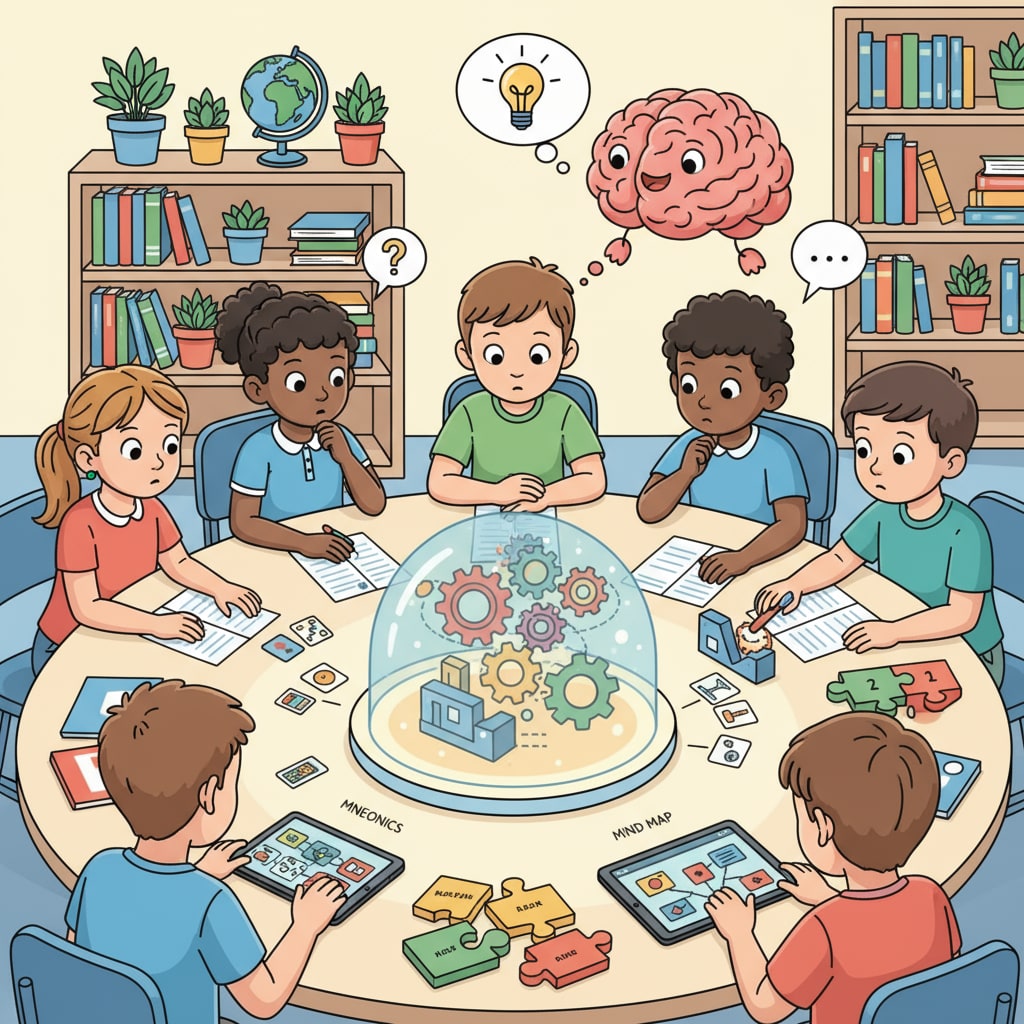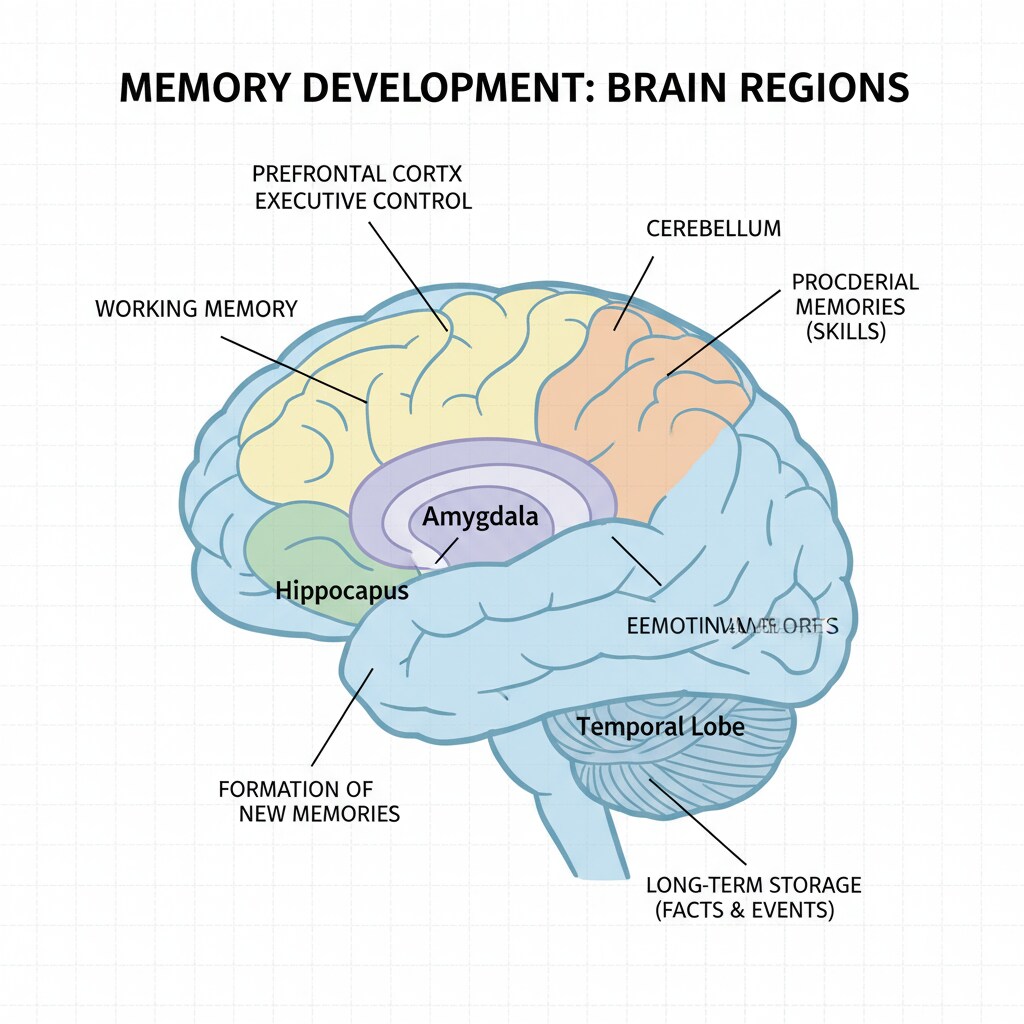Photographic memory, memory enhancement, and memory development are fascinating aspects in the realm of education, especially during the K12 stage. The idea of having a photographic memory, where one can seemingly recall every detail of an image or a scene with perfect clarity, has long intrigued both parents and educators. But is it truly possible to cultivate such a remarkable ability? Let’s take a closer look.

The Mysterious World of Photographic Memory
Photographic memory, also known as eidetic memory, refers to the ability to recall visual information with extreme precision. While it has been the subject of many myths and legends, there is some scientific basis to it. According to Wikipedia’s entry on eidetic memory, eidetic memory is more commonly found in children, but it usually fades as they grow older. This natural phenomenon makes the K12 stage a crucial period to explore and potentially cultivate this unique memory ability. However, it’s important to note that true photographic memory is extremely rare.
The Physiological Foundation of Memory Development
Memory development is closely linked to the physiological changes in the brain. As children progress through the K12 years, their brains are constantly developing and forming new neural connections. According to Britannica’s article on memory psychology, the hippocampus, a region deep in the brain, plays a vital role in memory formation and retrieval. During the K12 stage, activities that stimulate the hippocampus, such as regular reading, solving puzzles, and engaging in creative arts, can enhance memory development. In addition, getting enough sleep is crucial as it helps consolidate memories.

To enhance memory development, educators and parents can encourage students to use mnemonic devices. These are techniques that help the brain organize and remember information more effectively. For example, creating acronyms or visual associations can make it easier to recall complex facts. Another effective strategy is spaced repetition, where information is reviewed at increasing intervals over time. This helps move information from short-term to long-term memory. By implementing these strategies, students can gradually improve their memory abilities, getting closer to the concept of photographic memory.
In conclusion, while true photographic memory may be a rare gift, there are significant opportunities during the K12 stage to enhance memory development and work towards cultivating a more efficient memory. Through understanding the physiological basis of memory and implementing appropriate strategies, parents and educators can help students unlock their memory potential and achieve better learning outcomes.
Readability guidance: This article uses short paragraphs and lists to summarize key points. Each H2 section provides relevant information in a clear manner. The proportion of passive voice and long sentences is controlled, and transition words are used throughout the text to enhance readability.


